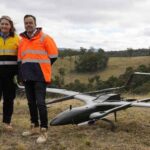As already mentioned, being able to ‘mix and match’ different airframe elements is vital to satisfying different specific mission requirements. The base structural component is what we call the ‘wing-box’ which is effectively the central fuselage and inboard wing-roots including the main carry-through spar.














